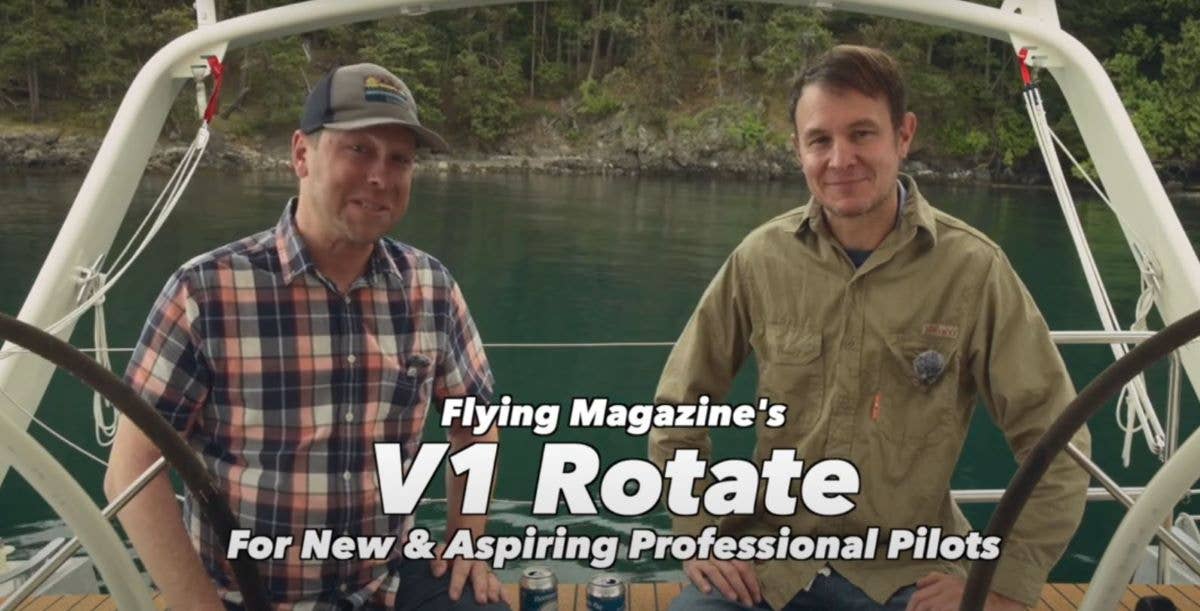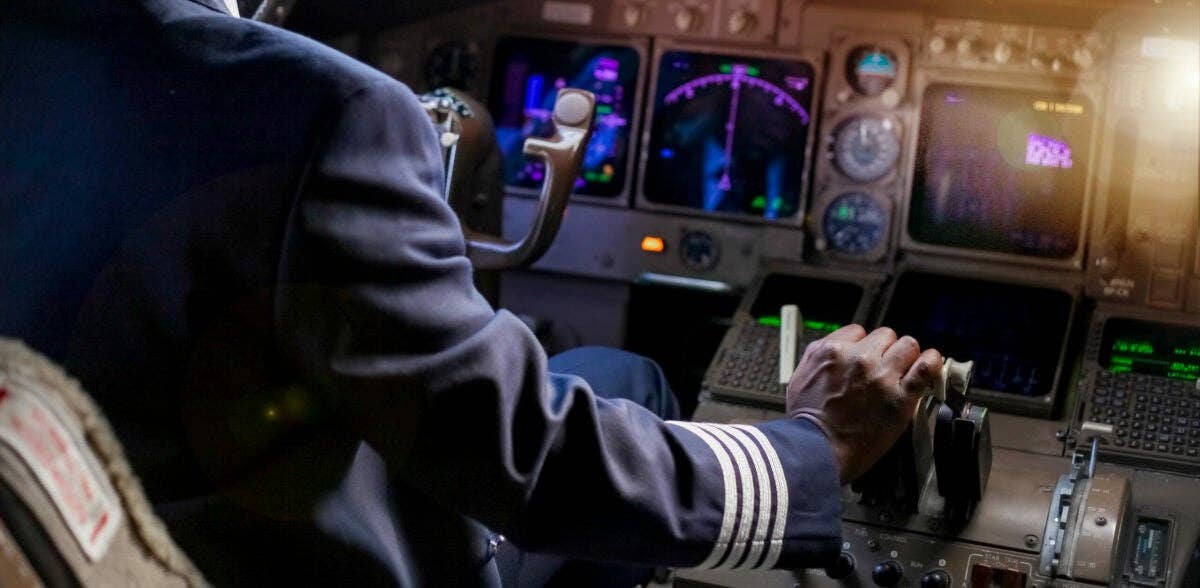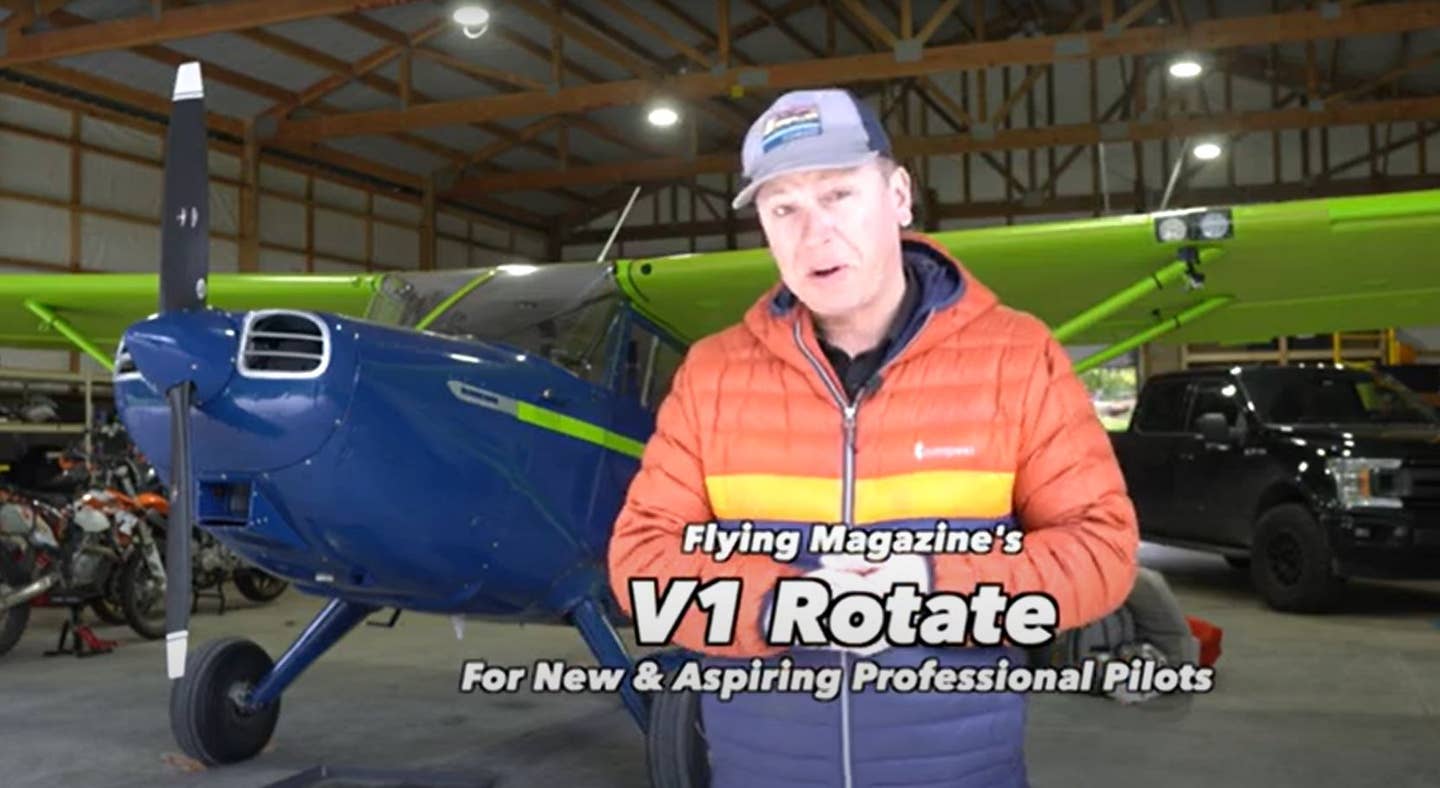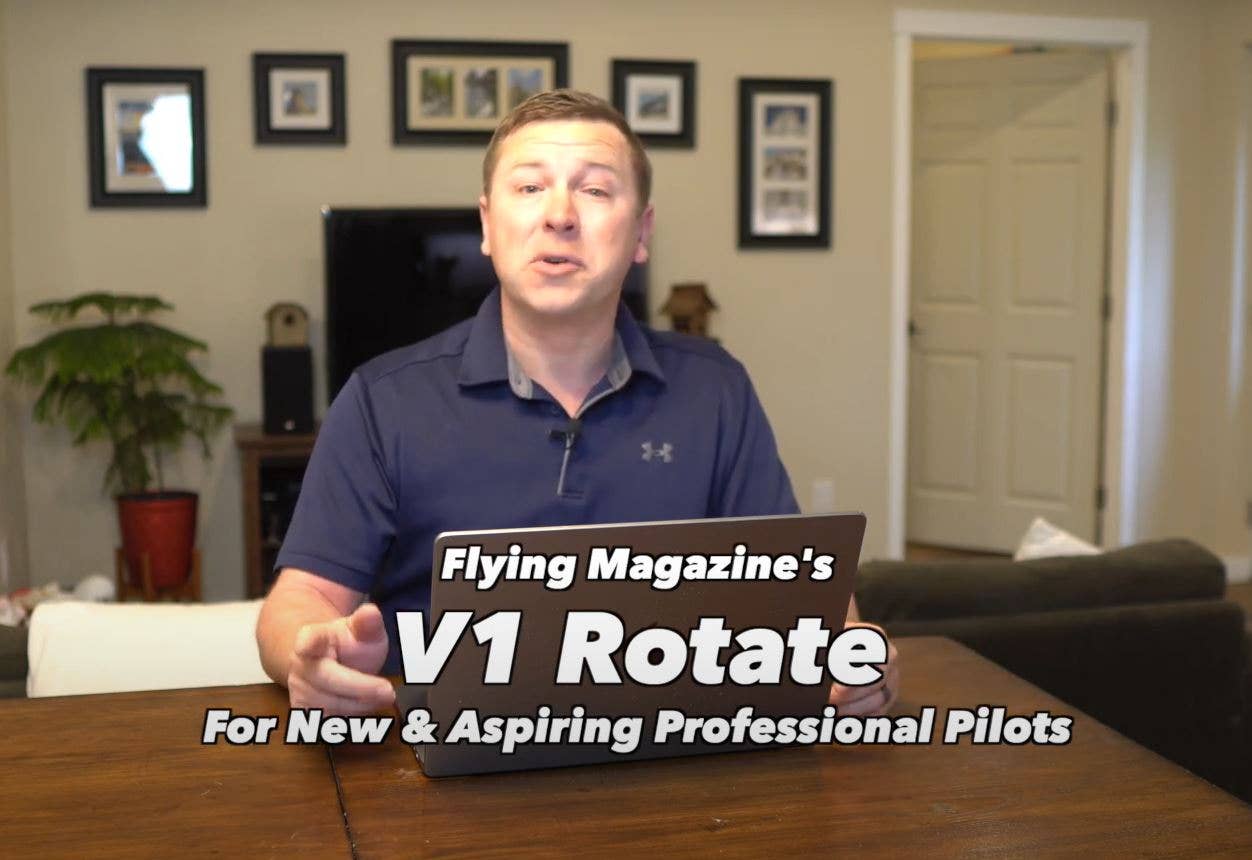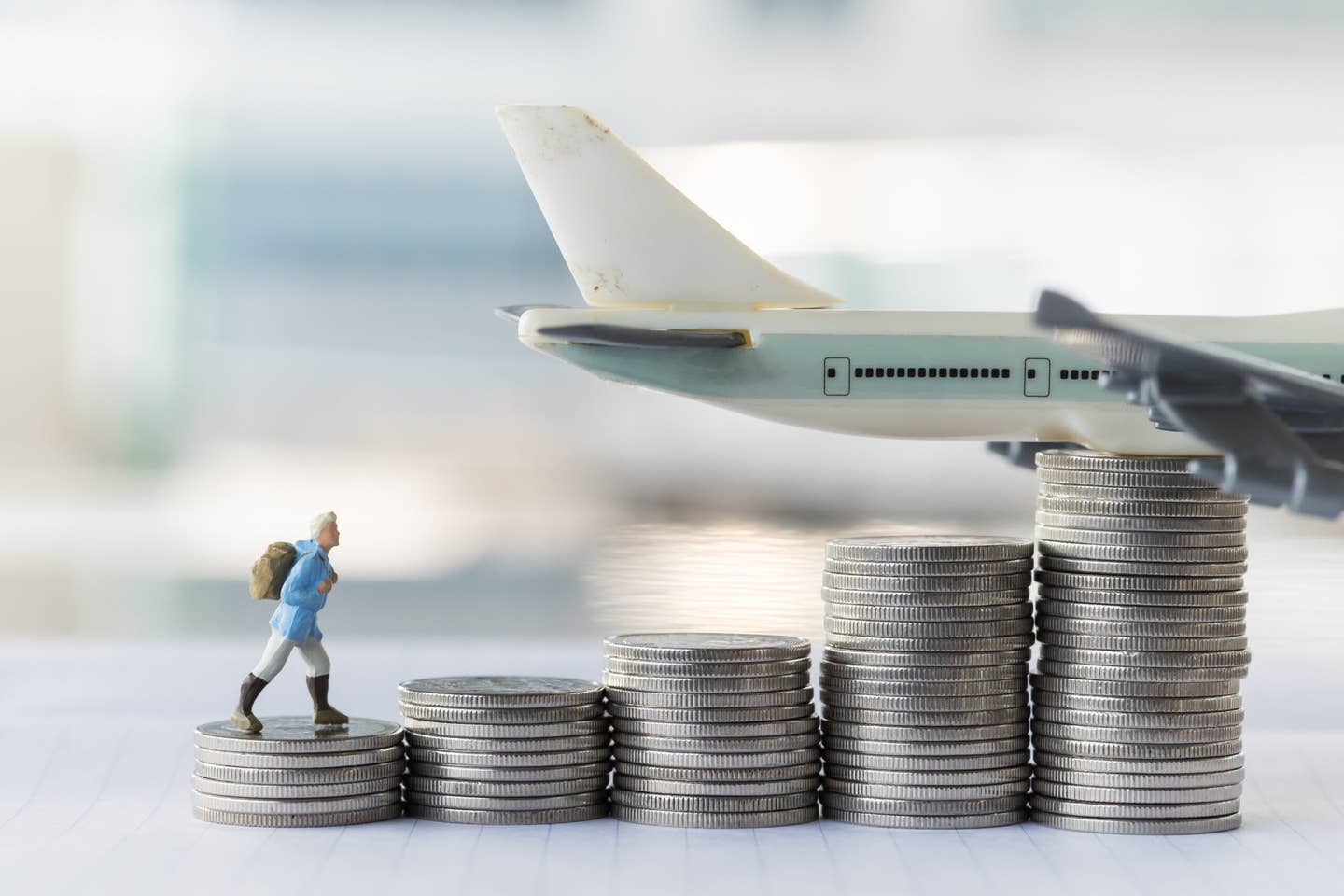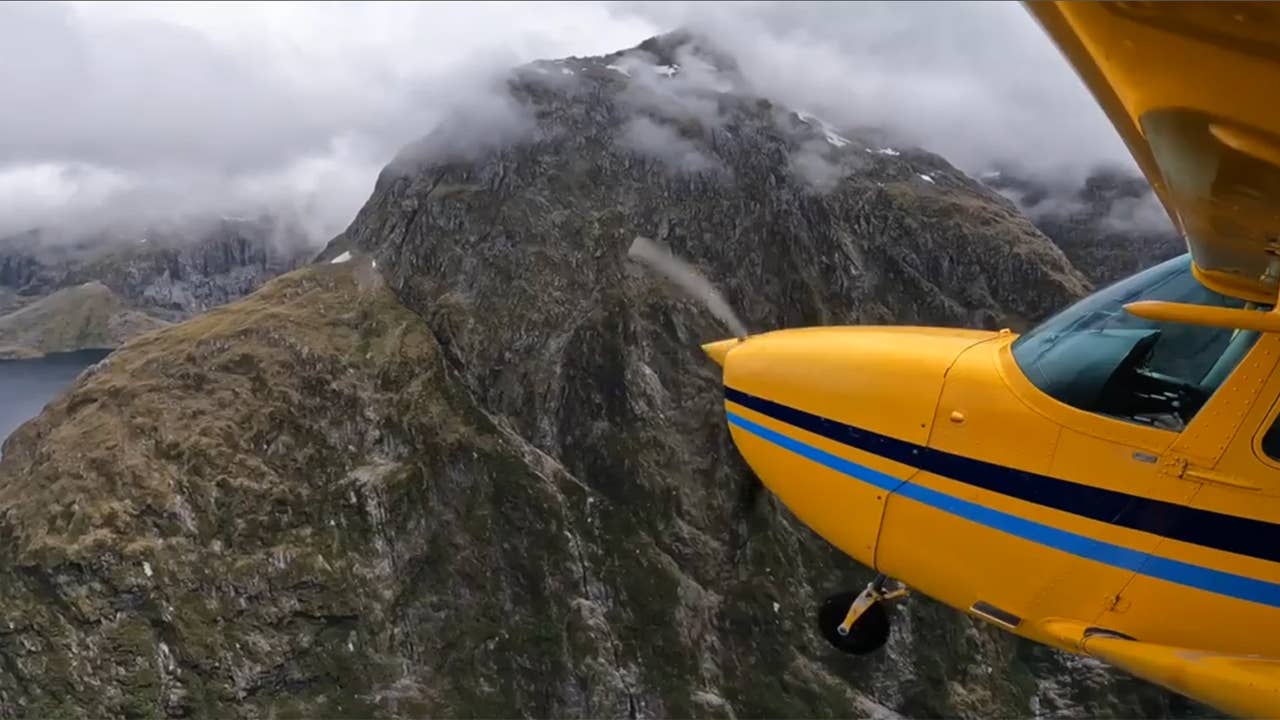After a Training Fail, What Comes Next?
Depending on how you handle it, this can become your biggest stumbling block or an unexpected asset.
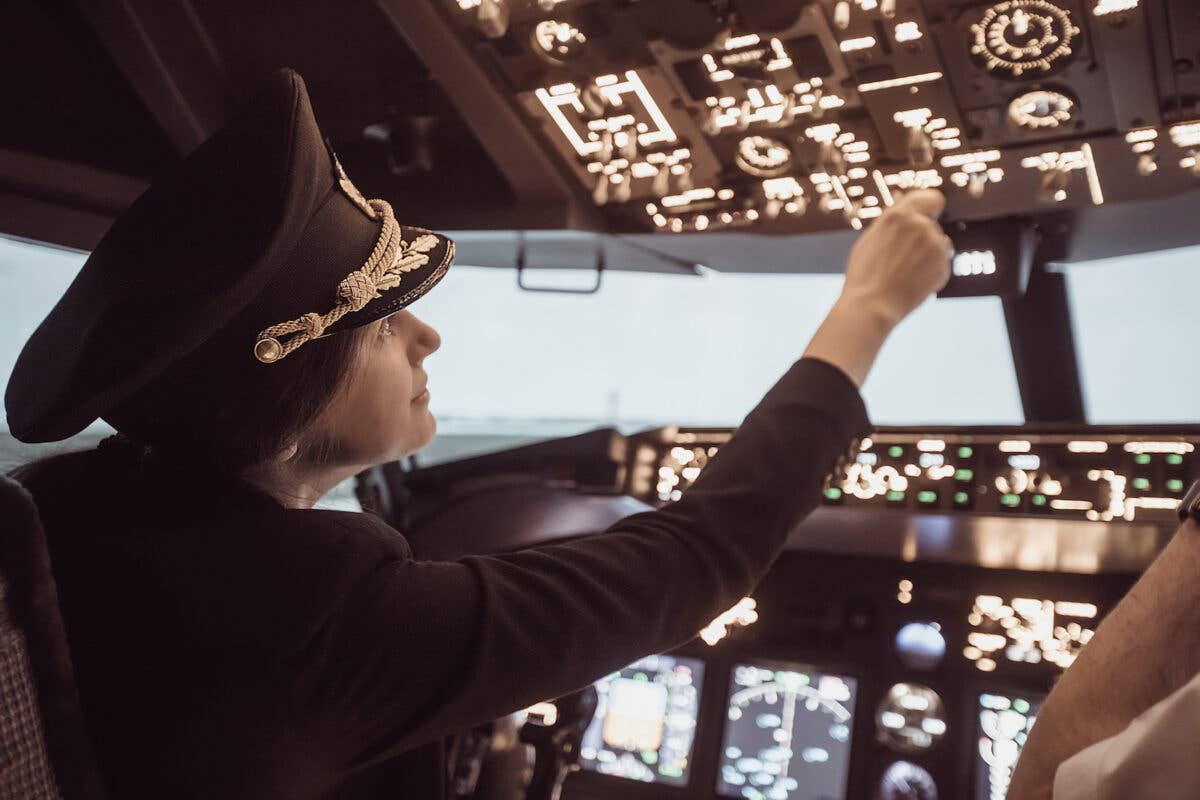
Compared to primary and secondary instruction, most airline training is much less spoon fed and should be treated seriously. [Credit: Shutterstock]
There’s been a pronounced uptick over the past few months in online conversations about failing out of new hire airline training—usually at a regional airline. Part 121 carriers keep their training statistics pretty private, so there’s no way to know if the surge is real and to what extent. But anecdotal evidence suggests that it is, and when you think about it, it makes sense.
Before COVID-19 and for a bit afterward, there was a real shortage of qualified regional applicants—to the extent that many pilot groups saw raises of 100 percent or more. And there was a great deal of pressure to push new hires through training and onto the line.
I have friends who were simulator instructors and check airmen during that time, and they have stories of struggling applicants being afforded extra training sessions, multiple check ride attempts, and double or even triple the normal amount of initial operating experience (IOE) in an attempt to get them through.
But lately all the regional airlines have plenty of qualified first officers and even more qualified new-hire applicants—it’s qualified captains they are short on. It has become increasingly difficult to receive an interview at 15,00 hours.
Jonathan Ornstein, Mesa Airlines’ longtime CEO, recently revealed that the company has more than 2,000 apparently qualified applications on file, all competing for a relative handful of new-hire slots. Thus, there’s no real pressure to hold new hires’ hands through training. In fact, the incentive goes the other way. The regionals need first officers who can pass captain upgrade training and IOE as soon as they’re legal to do so. It makes financial sense to winnow any that struggle as soon as possible. Brutal, but understandable.
One of the largest regionals has reportedly gone to a “two-and-through” policy. You are given one “freebie”—be that a check ride bust, training event repeat, or even extra preparatory sim session. The second one results in automatic training failure and termination.
A friend was caught by this policy when his training partner, an older career changer, struggled and was offered “refresher” sessions before two check rides. My friend wanted to help his training partner and served as seat support for both sessions, only to have them counted against his own record, with summary termination the result. He now has an airline training failure as a permanent stain on his Pilot Records Improvement Act (PRIA) file.
This should indicate how seriously you need to treat airline training. You are not particularly needed at the regional airlines now. Training is not a gimme, nobody will hold your hand, and if you do struggle, you cannot expect much sympathy or flexibility. Compared to primary and secondary instruction, most airline training is much less spoon fed—the onus is generally on you to study, show up with the answers, and shine in the sim.
If you suffer from check ride nerves, best find a way to calm them now. To be a professional pilot is to be a professional check ride taker. I would suggest that before even applying for the regional airlines right now, you should have total confidence in your ability to make it through a fast-paced, unforgiving training program.
That said, anyone can have a bad day. You might have shown up prepared, studied hard, done everything right—and still messed up. Maybe that got you rattled and affected your performance, especially knowing that your job—your career, even—was on the line. I’ve never trained under that kind of pressure and can’t say for sure I’d handle it well. Perhaps you didn’t, and now you too have an airline training failure in your PRIA file.
What now?
First, you need to know that your life is not over and neither is your career. There are plenty of pilots working with a training failure somewhere in their past. Having this on your record is less concerning than being fired from a job for cause, aircraft accident, or FAA enforcement action, DUI/DWI, or losing your medical. You still have the same flight time and certifications that you had before the failure. I’ve never heard of the FAA suspending or revoking certificates, or even giving a 709 check ride, based on someone failing out of an airline training program. You can still make a living flying airplanes.
The course of your career has changed, though. I’d argue that the “training/CFI/regional/major in five years” rocket ship career path was already becoming unrealistic as the pilot shortage wound down, but in any case, that gate is shut now. Its closing was always a possibility in this industry—perhaps even a probability. It slammed shut for every pilot of my generation when the Twin Towers fell on 9/11, and yet, as dark as things seemed for a while, many went on to have wonderful careers. My own career path took turns I never saw coming, and they led to some really interesting experiences and lifelong friends. I wouldn’t go back and change anything, even if I could.
In their current hiring mood, the airlines will likely not take a chance on you while your training failure is fresh. Your mission now is to build a record that puts your failure squarely in the past and shows that it was a one-off event. Take whatever time you need to get your head right, then jump right back into it. Get yourself into a position to pass a check ride as soon as possible.
If you’re going back to flight instructing, add that CFII or MEI rating. If you can land a Part 135 gig, better yet—it will require passing an approved training program and a 135.293 proficiency check, plus potentially a type ride depending on the aircraft. Most corporate gigs also involve a type ride. If nobody is calling just yet, a single-engine sea or glider rating can be added to a commercial certificate fairly cheaply. Just get back on that horse and pass a check ride.
I don’t normally advocate job hopping, and it can be a red flag to HR departments. But I will say that following a training program failure, you’ll need to go through two or three full training programs without incident to become competitive for a top-tier job. If you can do that with a single employer, fine. Move up to a different airframe as soon as you can. If you need to switch employers to pass another training program, do so after a decent interval.
No matter where you go, you’ll need to disclose the training failure on each application, and it will likely come up on every interview. Depending on how you handle it, this can become your biggest stumbling block or an unexpected asset. It is so important that you do not play the blame game. Regardless of what actually happened, you need to develop a credible explanation of why you weren’t ready, what you got wrong, what you learned from the experience, and how you are better equipped now to pass a tough training course.
Unfortunately, you’re in a poor position to judge whether your explanation is actually any good. This is where paying an interview prep company can be extremely valuable, especially if you’ve worked your way back to applying for a top-tier position. With some polishing and a solid post-failure history to support it, the tale of how your lowest moment turned you into a better person, and a better pilot, could just be the exact thing that eventually lands you that dream job.

Subscribe to Our Newsletter
Get the latest FLYING stories delivered directly to your inbox

